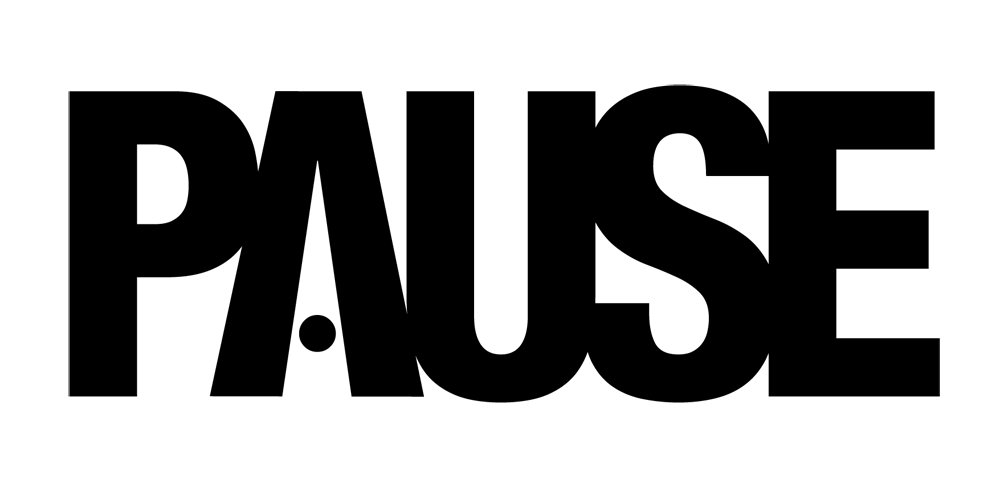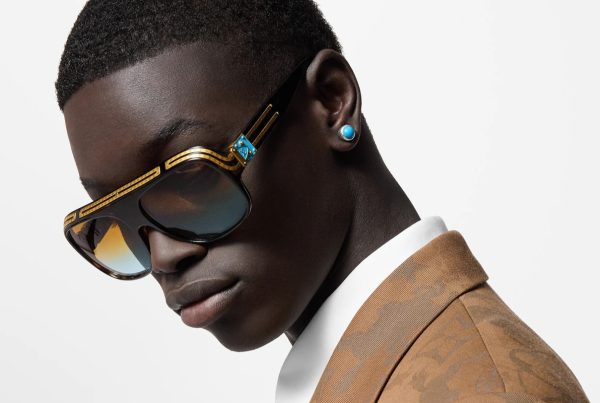
The rising popularity of 3D PVC patches across various industries is undeniable. These patches offer a unique blend of durability, vividness, and flexibility, making them a favorite for many. Understanding how these patches are made and their versatile applications can provide valuable insights into their appeal and functionality.
What Are 3D PVC Patches?
3D PVC patches are made from Polyvinyl Chloride (PVC), a type of plastic known for its durability and versatility. Custom PVC patches are crafted to be flexible yet resilient, making them ideal for a range of uses. Unlike embroidered or woven patches, PVC patches are designed to withstand harsh conditions, ensuring longevity and maintaining their vibrant appearance.
While embroidered patches are created by stitching threads onto a fabric base and woven patches are made by weaving threads together, PVC patches are formed using a mold and liquid PVC. This process allows for intricate designs, bold colors, and a three-dimensional effect that other types of patches cannot achieve.
The Manufacturing Process of 3D PVC Patches
Creating a custom 3D PVC patch involves several detailed steps, each contributing to the final product’s quality and appearance.
Design Phase
The process begins with conceptualizing the design. Clients and designers collaborate to develop initial ideas that meet the specific requirements of the patch. Once the concept is clear, a digital rendering of the patch is created. This digital model helps visualize the final product and make necessary adjustments. The design is then reviewed and finalized with the client’s approval.
Mold Creation
The next step is creating the mold, which is essential for forming the patch. CNC (Computer Numerical Control) machining is used to craft the mold with precision. The mold is then tested to ensure it accurately represents the design and can produce high-quality patches.
PVC Injection and Coloring
With the mold ready, the injection molding process begins. Liquid PVC is injected into the mold to form the base of the patch. Colors are added in layers, with each color applied separately to achieve the desired 3D effect. This layering process allows for detailed and vibrant designs.
Cooling and Trimming
After the PVC has been injected and colored, the patches are left to cool and set. Once hardened, any excess material is trimmed away to ensure a clean and precise finish. This step is crucial for maintaining the patch’s quality and appearance.
Attachment Options
The final step is adding the attachment method. Patches can be made with sew-on backs, hook-and-loop fasteners, or adhesive backing, depending on the intended use. Each attachment method offers different benefits and flexibility for application.
Advantages of 3D PVC Patches
3D PVC patches offer several advantages that make them a popular choice for various applications.
Durability and Longevity
PVC patches are known for their durability. They are resistant to weather, water, and wear-and-tear, making them suitable for outdoor and rugged environments. This longevity ensures that the patches remain vibrant and intact over time.
Vivid Colors and Detailing
The injection molding process allows for bold and vivid colors that do not fade easily. The ability to layer colors and create three-dimensional effects results in patches with intricate detailing and a high-quality finish.
Flexibility and Comfort
Despite their durability, PVC patches are flexible and comfortable to wear. They can be attached to various materials without causing discomfort, making them ideal for apparel and gear.
Common Uses for 3D PVC Patches
3D PVC patches are versatile and can be used in numerous ways across different sectors.
Outdoor and Adventure Gear
Brands specializing in outdoor and adventure gear often use PVC patches for branding and logos. These patches can be prominently displayed on backpacks, jackets, and equipment, making them visible in various environments. Custom designs also cater to clubs and events, adding a personalized touch.
Corporate and Promotional Items
Corporations use PVC patches for brand promotion on promotional merchandise. They can be attached to products like bags, hats, and apparel, providing high visibility. PVC patches also enhance employee uniforms, giving a professional and cohesive look.
Fashion and Lifestyle
In fashion, PVC patches add unique accents to clothing and accessories. Designers use them to create standout pieces that attract attention. They are also popular in custom merchandise, allowing fans and collectors to showcase their interests.
Tips for Designing Effective 3D PVC Patches
Designing an effective 3D PVC patch requires careful consideration of several elements.
Utilizing the strengths of PVC material is key. Bold colors and varied textures can make a patch more visually appealing and distinctive. Consider the overall aesthetic and ensure that the design elements complement each other.
Your patch should reflect your brand’s identity. Incorporate logos, mascots, or symbols that are synonymous with your brand. This ensures consistency and reinforces brand recognition.
While intricate designs are possible, it’s important to balance complexity with clarity. Ensure that the key elements of your design are clear and recognizable, even from a distance.
Conclusion
Custom 3D PVC patches offer a unique and durable way to showcase your brand, commemorate events, or add flair to apparel and gear. Understanding the manufacturing process and the versatile applications of these patches can help you make informed decisions about incorporating them into your marketing or personal projects. With their vivid colors, flexibility, and durability, 3D PVC patches are a valuable tool for creating lasting impressions.



























































